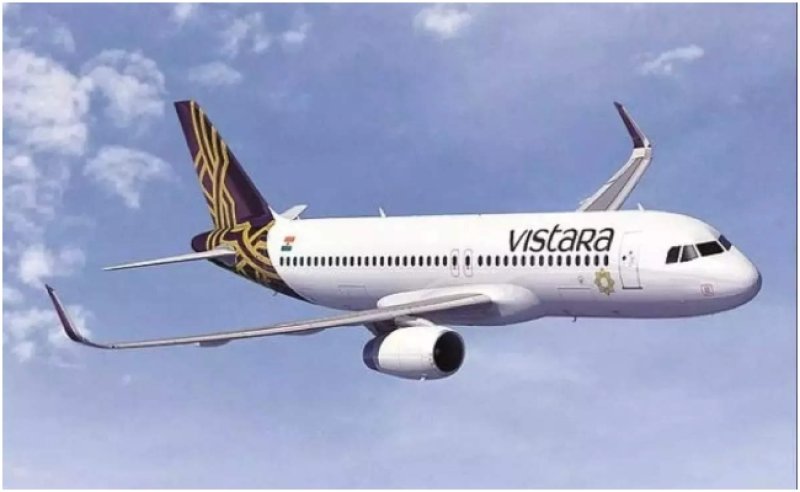

A joint venture betweenSingapore Airlines and the Tata Sons, Vistara will merge with Tata-owned Air India to form a single entity with an expanded network and broader fleet.
This means that all Vistara operations will be transferred to and managed by Air India, including helpdesk kiosks and ticketing offices.
The process of migrating passengers with existing Vistara bookings and loyalty programmes to Air India has been under way over the past few months.
“As part of the merger process, meals, service ware and other soft elements have been upgraded and incorporates aspects of both Vistara and Air India,” an Air India spokesperson said in an email response.
Amid concerns that the merger could impact service standards, the Tatas have assured that Vistara’s in-flight experience will remain unchanged.
Known for its high ratings in food, service, and cabin quality, Vistara has built a loyal customer base and the decision to retire the Vistara brand has been criticised by fans, branding experts, and aviation analysts.
The consolidation was effectively done to clean up Vistara’s books and wipe out its losses, said Mark Martin, an aviation analyst.
Air India has essentially been “suckered into taking a loss-making airline” in a desperate move, he added.
“Mergers are meant to make airlines powerful. Never to wipe out losses or cover them.”
To be sure, both Air India and Vistara’s annual losses have reduced by more than half over the past year, and other operating metrics have improved too. But the merger process so far has been turbulent.
The exercise has been riddled with problems – from pilot shortages that have led to massive flight cancellations, to Vistara crew going on mass sick leave over plans to align their salary structures with Air India.
There have also been repeated complaints about poor service standards on Air India, including viral videos of broken seats and non-functioning inflight entertainment systems.
The Tatas have announced a $400m (£308m) programme to upgrade and retrofit the interiors of its older aircraft and also a brand-new livery. They’ve also placed orders for hundreds of new Airbus and Boeing planes worth billions of dollars to augment their offering.
But this “turnaround” is still incomplete and riddled with problems, according to Mr Martin. A merger only complicates matters.